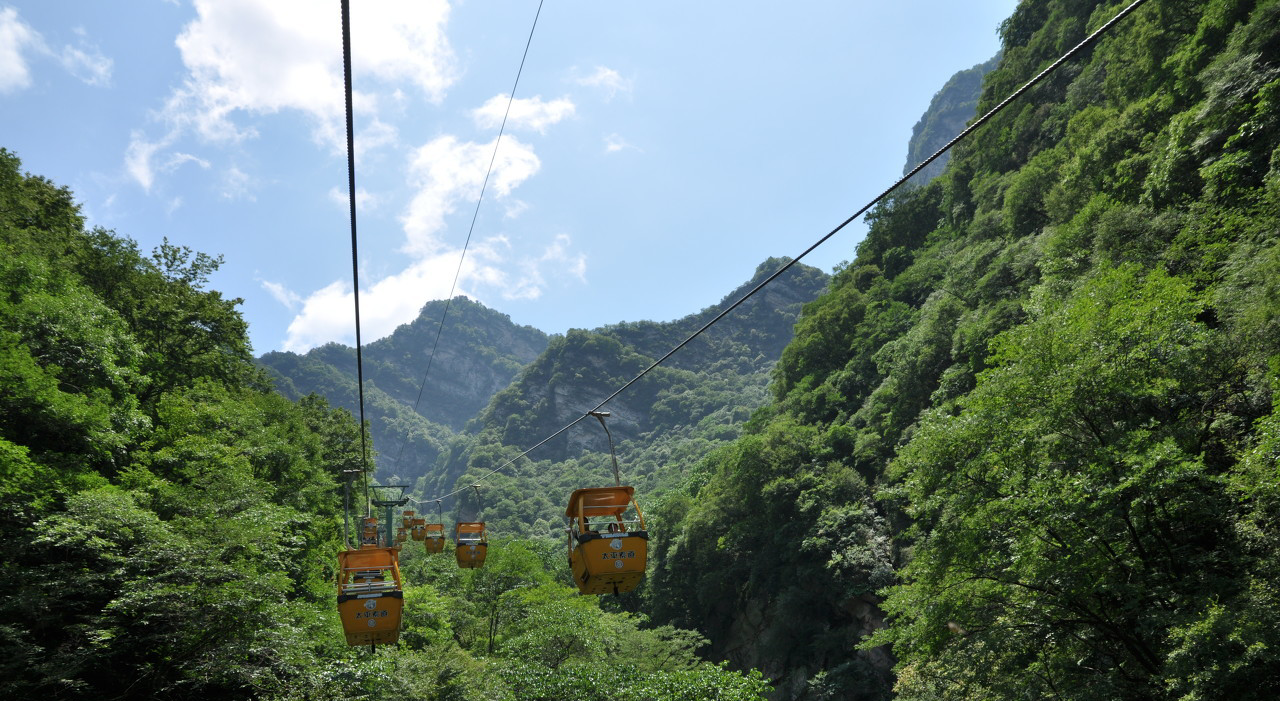Chinese Name: 太平国家森林公园 Pronunciation: Tàipíng Guójiā Sēnlín Gōngyuán
Suggested Visiting Hours: 1-2 Days
Covered Area: 60.85 square kilometers
Address: Taiping Valley, Huyi District, Xi’an City, Shaanxi Province, China
Best Visiting Time: Taiping National Forest Park, with an average temperature of 7-10℃, is suitable for all seasons, especially in summer.
| Tourists | Price | |
| Peak season (March to November) |
Shoulder season (December to February) |
|
| Adults | 60 yuan | 40 yuan |
| Children (between 1.2 meters and 1.4 meters) |
30yuan | |
| Students (with Student Cards) |
||
1. Children under 1.2 meters are free of charge.
2. Senior citizens over 65 years old (with ID cards) are free of charge.
3. People with disabilities (with disability certificates) are free of charge.
4. The above policy is only applicable to the admission fee.
| Time | Opening Hours |
| Peak Season (March to November) |
7: 00 - 18: 00 |
| Shoulder Season (December to February) |
8: 00 - 17: 00 |
Shaanxi Taiping National Forest Park is located in Taiping Valley, 44 kilometers away from Xi’an City and 60 kilometers away from Xianyang City, with a total area of 60.85 square kilometers. It is a famous national AAAA-level tourist spot in the northern part of the Qinling Mountains.
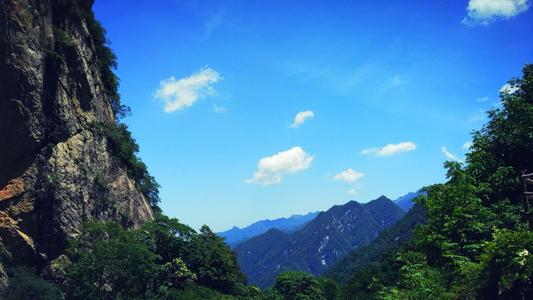
It has been identified as a World Geopark by UNESCO and is known as one of the “famous service brands in Shaanxi Province” and “famous service brands in Xi’an City” and “charming natural scenic spots of the year.” The scenic spot’s annual average temperature is 7-10℃, and the forest coverage rate is over 96%.
The forest is well protected with abundant resources both in quantity and in variety. Tourism resources of the park are mainly natural landscapes, especially water scenery, geological landforms, and plant landscapes.
The tourism resources here cover 7 main categories, 22 subcategories, and 53 basic types, with a total amount of hundreds of typical tourism resource units, which are combined to form five sub-scenic spots and more than 100 small scenic spots.
During the reign of Emperor Wudi of the Han Dynasty, the royal family built Shanglin Garden in the Qinling Mountains, which became the representative of Chinese gardens in the mountains and promoted the development of Chinese classical garden culture. Taiping National Forest Park was an important part of it at that time.
Taiping Valley was named after the Taiping Palace built here by the Sui Dynasty’s royal family for the court nobles to spend the summer. Since the Sui and Tang Dynasties, it had become a landscape paradise and summer resort for the royal family to enjoy mountains and waters.
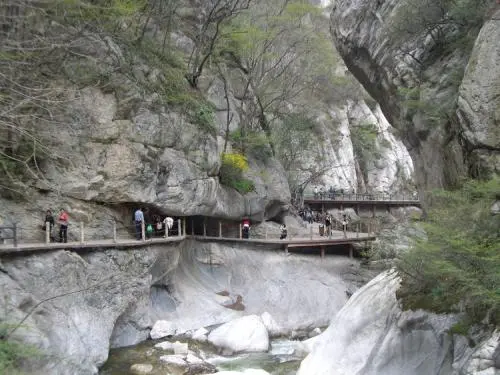
Taiping National Forest Park is the core park of Zhongnan Mountains World Geopark in the Qinling Mountains, Xi’an. It is a classical section of the Qinling orogenic belt. This scenic spot shows the structural geology features of continental orogenesis by subduction and collision, and intracontinental orogenesis.
Mixed granite, fine-grained granite, and plate granite are densely distributed. It is a natural laboratory for learning the formation, development, and evolution of orogenic belts. The peaks are abrupt in the scenic area, valleys are scattered, cliffs are towering, and strange stones are numerous, presenting a rich and typical mountain landscape.
The rare waterfalls with a total drop of nearly 1,000 meters in the north of Huangyang Dam and the towering canyon cliffs in Moon Palace Pool constitute the most representative mountain geological landscape in the Qinling Mountains.
Taiping National Forest Park has a unique natural landscape, abundant water, complex geological structure, and huge vertical gap of landform. The landform has developed various waterfall landscapes in the Zhuque Taiping Eco-tourism Scenic Area.
Eight famous waterfalls such as Rainbow Waterfall, Crane Bridge Waterfall, Dragon Waterfall, Yanxia Waterfall, Yudai Waterfall, Leifengcao Waterfall, Longkou Waterfall, and Zhongtan Waterfall, are distributed within a height difference of 1,000 meters, which make tourists forget to return while appreciating the uncanny workmanship of nature.

In particular, Huangyang Dam Waterfalls are densely distributed in the mountains from 980 to 1800 meters above sea level, with different shapes and unique features. The number of waterfalls and the total falling head is extremely rare in northern China.
The most famous Rainbow Waterfall, located at an altitude of 1,811 meters, is a cliff-hanging waterfall with a maximum drop of over 100 meters. The water flows down in a volley, causing thousands of layers of water sprays within dozens of meters, and a colorful flying rainbow can be seen in the sun, which is amazing.
Crane Bridge Waterfall is an inclined waterfall. Due to the continuous erosion of water flow for hundreds of millions of years, the intersection of two rock faults is eroded. It becomes a natural wonder, which makes tourists amazed.
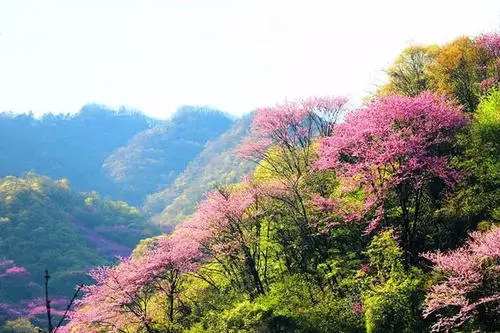
There are nearly 600 kinds of ancient and famous trees, flowers, and different grasses at Taiping National Forest Park, which have rich ornamental and scientific research value. In particular, Bauhinia in Taiping Valley grows at an altitude of 900 to 1400 meters.
Every April, about 6.67 square kilometers of “Bauhinia Sea” is in full bloom, and a purple sea of flowers covers all over the mountain, competing for beauty.
The forest coverage rate of the area is over 96%. Abundant forest resources and mountain environment breed rich and diverse biological species, including more than 800 kinds of herbaceous plants and more than 250 kinds of wild animals.
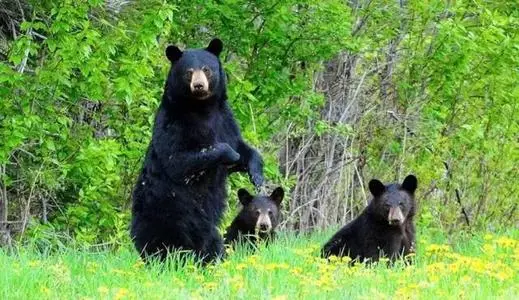
It can be called the natural species gene bank of the Qinling Mountains and nourishes rare species such as golden monkeys and red-bellied pheasants.
The pure and natural high-altitude ecosystem of the Qinling Mountains attracts takins and black bears to haunt here. In particular, the naturally formed beautiful and spectacular Bauhinia Sea and Red Birch Forest are known as “the unique natural scenery of the Qinling Mountains.”
You can enjoy the beautiful scenery of the four seasons in the park, take photos with the natural Bauhinia Sea in spring, appreciate the beautiful mountains and eight waterfalls in summer, admire the colorful red leaves in the mountains in autumn, and visit the original pine forest covered with snow and ice in winter.
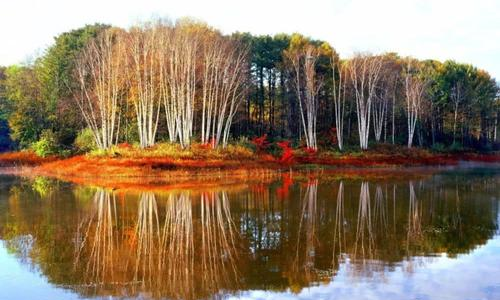
There are vigorous old larch forest and cold-resistant fir forest. Moreover, the natural red birch forest is distributed here with the red trunk and the bark that peels off flutters in the wind. It is said that the bark of red birch is a token of love between men and women in the past. Wild animals often haunt the forest.
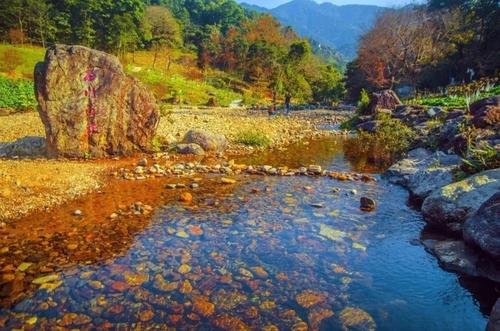
The Shimen (Stone Gate) Sub-scenic Area is mainly themed with stone scenery, flower scenery, and water scenery. The main scenic spots in this area include Holy Tortoise Peak, Stone Gate, Yixiantian (thin strip of sky), Dragon Ridge, Jiangjun Peak, Yishan Buddha, and banded migmatite.
The sub-scenic area is named after the huge stone, on which two Chinese characters “Shi Men” (Stone Gate) were inscribed by Ouyang Xun, a famous calligrapher of the Tang Dynasty. The rocks here are rugged and have different shapes, thus forming vivid stone landscapes.
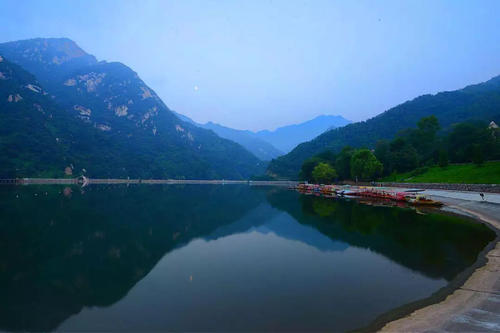
Here is the sea of “flowers” and “waterfalls.” There are natural Bauhinia Sea with an area of about 6.67 square kilometers and Rainbow Waterfall with a height of thousands of feet. This flowing water is lingering, the flowers are splendid, and the fragrance of the flowers is overflowing.
In particular, the eight waterfalls and eighteen ponds are the leading ones in northern China. There are 12 large and small waterfalls, with a maximum falling head of over 100 meters.
The water flows down the boulders, and the scattered spray forms several rainbows in the sunlight, which is beautiful and spectacular.
This area covers an area of 12.4 square kilometers, with a total length of 3.3 kilometers running from north to south, and the place is designed for accessibility. The environment in the valley is elegant, and the exotic flowers and plants bloom in seasons.
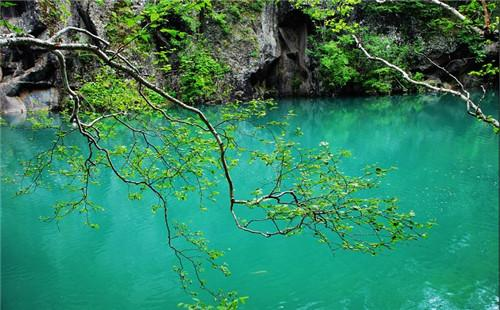
The river is clear all year round, and you can see waterfalls and deep pools everywhere. The mountains are steep and continuous, and the stone gorge is deep. There are insects and birds with pleasant sounds.
Beautiful natural landscapes, such as Moon Palace Pool, Pitiful Waterfall, and Gap Pool in the valley, have beautiful stories handed down and are memorable. The life story of Kumarajiva (an eminent monk and translator of Buddhist scriptures in ancient China) and the sculptures of Eighteen Arhats highlight the significance of Buddhist culture.
The theme of Buddhist culture enables tourists to enjoy the natural beauty, and at the same time, understand the legendary stories of Master Kumarajiva’s life, which shows his great contributions to cultural exchanges between China and foreign countries in ancient times.
1. Warm clothes and comfortable shoes are necessary in the park.
2. No pets are allowed in the park.
3. In case of extreme weather conditions, the park will be closed.
Take the tourist bus from Xi’an to Taiping National Forest Park at Xi’an South Passenger Center (from April 1st to October 7th).
Take the bus from Huyi to Meichang at Huyi District South Bus Station, and get off at Taiping National Forest Park Station.
Chinese: 请带我去太平国家森林公园。English: Please take me to Taiping National Forest Park.
If you take a taxi from Xi’an Hyatt Regency Hotel (downtown) to Taiping National Forest Park, it takes about 90 minutes (about 180 yuan).
If you take a taxi from Xi’an Xianyang International Airport to Taiping National Forest Park, it takes about 100 minutes (250 yuan).
If you take a taxi from Xi’an Railway Station to Taiping National Forest Park, it takes about 100 minutes (200 yuan).
If you take a taxi from Xi’an North Railway Station to Taiping National Forest Park, it takes about 105 minutes (230 yuan).
